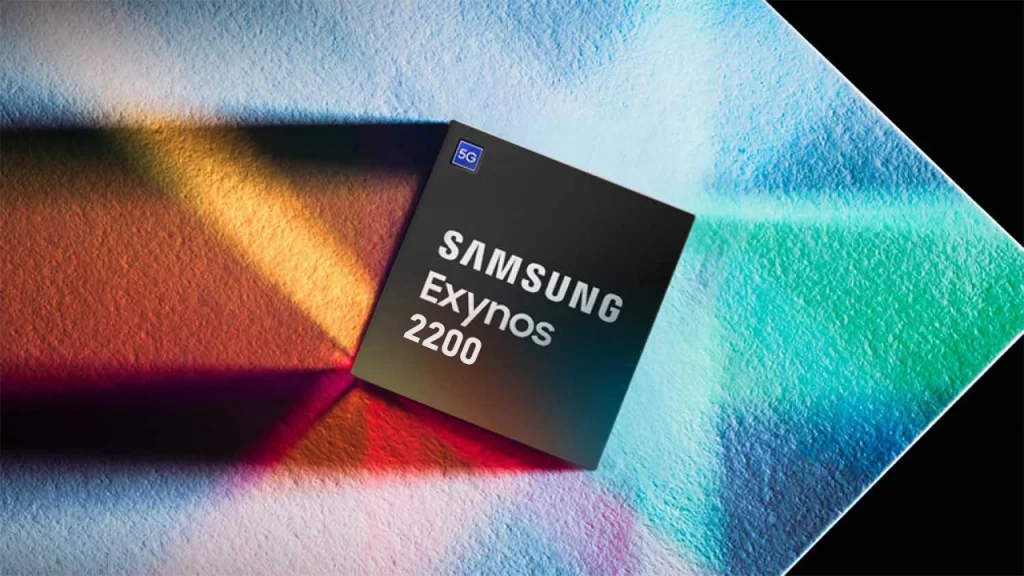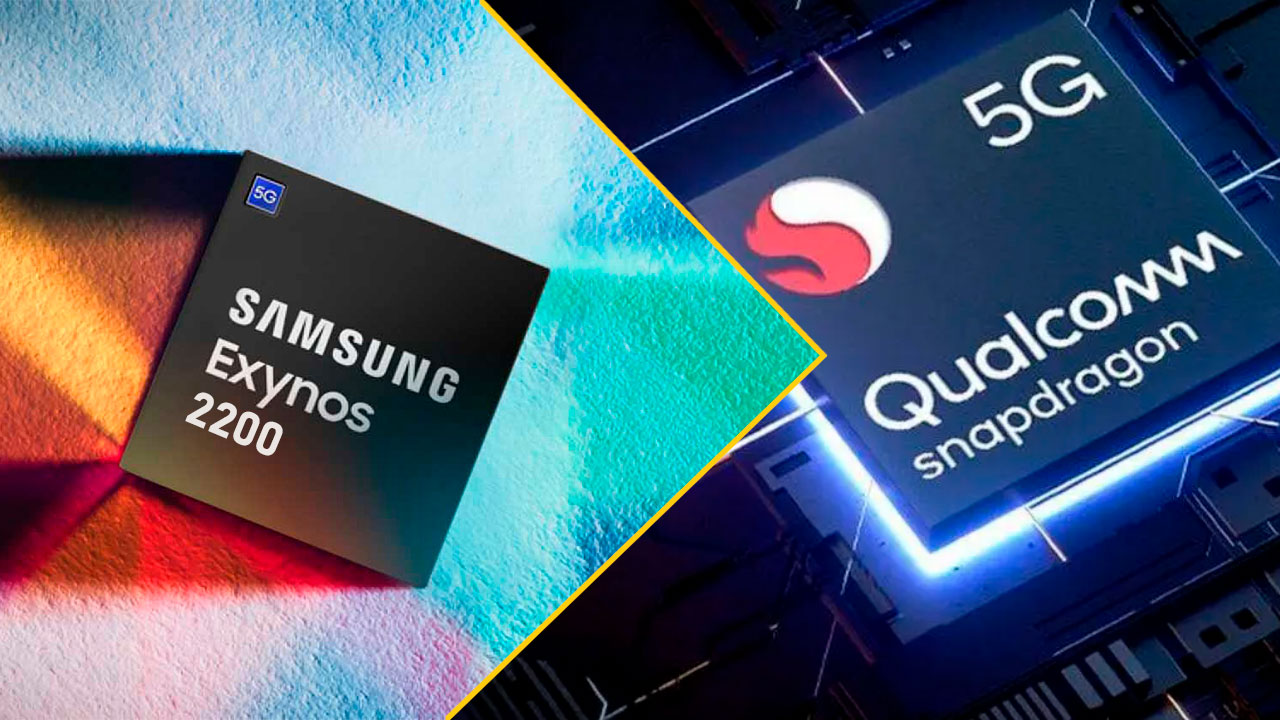Are you a mobile gaming enthusiast? Are you curious to know which SoC is best for high-end mobile gaming performance? If so, then this blog post is for you! We’re taking a look at the Exynos 2200, found in the Samsung Galaxy S22 Ultra, and how it has taken an early lead in the race for ray tracing performance. Read on to find out more about how this new chip stacks up against its competition and what it means for mobile gamers.
Exynos 2200 vs Snapdragon 8 Gen 2
The Exynos 2200 in the Samsung Galaxy S22 Ultra leads the race for high-end mobile gaming performance. In a recent benchmark using Basemark’s In Vitro GPU test suite, the Exynos 2200 beat the Qualcomm Snapdragon 8 Gen 2 in the Redmagic Pro 8 Track performance tests.

It’s important to note that benchmarks are not always indicative of real-world performance, but they are a useful tool for comparing the performance of different devices. In Vitro tests designed to replicate the demanding mobile games of the future, with a focus on lighting details and models Instead of animations or open world rendering. The test utilizes ray tracing to improve the overall quality of reflections, while other elements such as shadows and lighting are rendered using traditional methods.
Currently only two mobile SoCs, the Exynos 2200 and the Qualcomm Snapdragon 8 Gen 2, support ray tracing. Both SoCs support the technology through the Vulkan API, but they use different hardware to do so. Samsung partners with AMD to bring its RDNA 2 architecture to AMD’s Xclipse 920 GPU Exynos 2200 while Qualcomm integrated ray tracing into its in-house Adreno 740 GPU.
In tests conducted by Android Authority, the Exynos 2200 outperformed the Snapdragon 8 Gen 2 in ray tracing performance, but it’s worth noting that this test only looked at mixed rendering workloads and doesn’t provide the full picture of how the SoC handles combined ray tracing element. As ray tracing becomes more prevalent in mobile gaming, it will be interesting to see how these and other SoCs continue to function in this demanding new space.
















